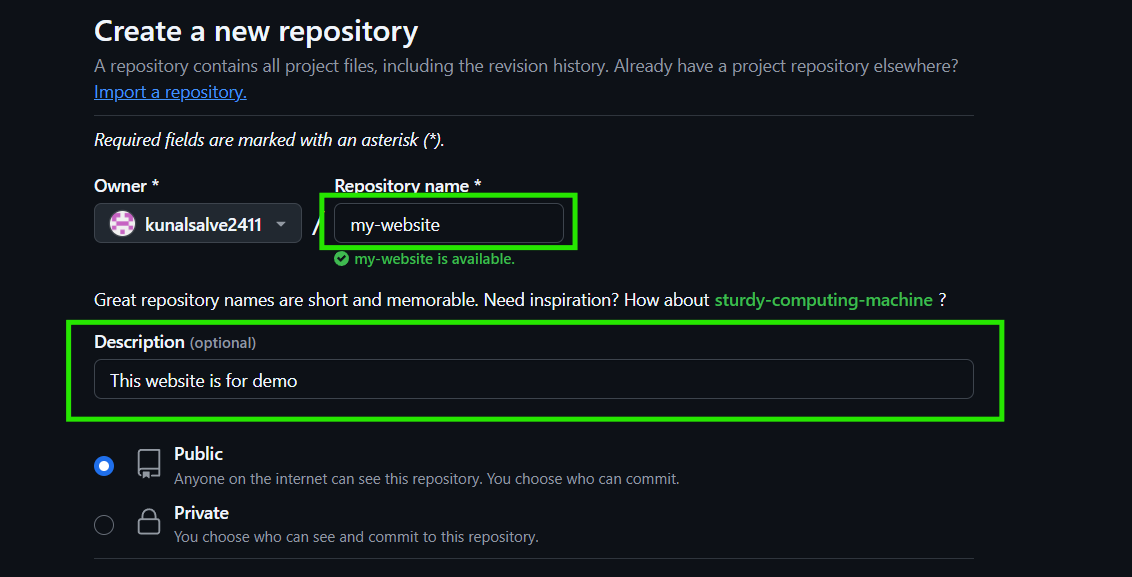Day08 of #90DaysOfDevOps Challenge: Essentials of GitHub | Creating New Repository from scratch.
 Kunal Salve
Kunal Salve
First things first, it is Day 08 of the #90DaysOfDevOps Challenge. Today, I want to dive deeper into the fascinating world of GitHub. As a tech enthusiastic , I have always been fascinate by how multiple developers can collaborate on the same project simultaneously. This ability to work together in real-time, writing and updating code at the same time, is truly remarkable. GitHub provides a platform where this collaboration becomes seamless and efficient. In this article, we will explore what GitHub is, how it works, and the steps to create your own repository. By the end of this, you will have a solid understanding of how to use GitHub for your development projects and collaborate with others effectively.
🤔What is GitHub.?
GitHub is a cloud-based platform for version control and collaboration, built on top of Git. GitHub is UI based platform It allows multiple developers to work on a single project at the same time, track changes, and merge updates without overwriting each other’s work. It's a popular tool for hosting code and collaborating with others.
🤔Why is GitHub Important for DevOps?
GitHub plays a crucial role in the DevOps ecosystem for several reasons. Firstly, it provides a centralized platform for version control, which is essential for managing code changes in a collaborative environment. By using GitHub, developers can track every modification made to the codebase, ensuring that all changes are documented and can be reviewed or reverted if necessary.
Secondly, GitHub enhances collaboration among team members. It allows multiple developers to work on different features or bug fixes simultaneously without interfering with each other's work.
Step-by-Step Guide: Creating a New Repository on GitHub
Step 1: Sign In to GitHub
- If you haven’t already, go to GitHub and create an account. After signing in, you’ll be taken to the GitHub dashboard.
Step 2: Click on "New Repository"
In the top-right corner of the GitHub dashboard, click on the "+" icon, then select "New repository" from the dropdown menu.

Step 3: Name Your Repository
You will be redirected to a page where you can set up the new repository.
Step 4: Set Visibility
Step 5: Initialize Repository (Optional)
You can choose to initialize the repository with:
Step 6: Create Repository
- Once you’ve filled in all the required information, click the "Create repository" button at the bottom.
🎉Congratulations you just created your first GitHub Repository
Stay tuned for more insights as I continue my #90DayOfDevOps challenges. If you have any questions or tips, feel free to share them in the comments. Let’s keep learning and growing together! 🚀
Subscribe to my newsletter
Read articles from Kunal Salve directly inside your inbox. Subscribe to the newsletter, and don't miss out.
Written by

